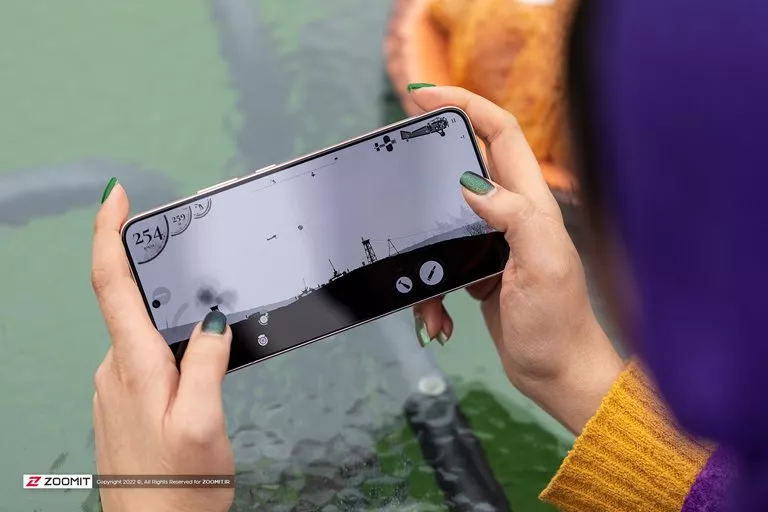OLED And Beyond: What Will Be The Technology Of The Next Generation Of Mobile Screens?
Next-Generation Mobile Display Technology, Whether Micro-LED, Mini-LED, Or QD-OLED, Promises A Much Brighter Future For Smartphone Displays.
OLED technology has become the most commonly used and even cost-effective technology used in smartphone displays in the last few years. This technology has advanced where problems such as pixel burning are rarely seen in the real world, even though the screens are not uniform.
It remains to be seen whether, despite these advances, there will still be a competing technology that can compete with OLED. If the answer is no, what changes and improvements does the next generation of OLED panels need to take advantage of current technology?
Micro LEDs or mini LEDs or none
The first micro-LED displays of 2018 introduce. Since then, everyone expects these screens to one day make their way into smartphones as well.
Micro-LED displays
Micro-LED displays are made up of millions of micrometer-sized LEDs and, like OLED technology, use radiation technology. In this technology, each pixel is illuminated individually and uniquely. The pixels do not require backlighting and display black with impressive quality. In these displays, when a pixel is not used, no light is emitted, resulting in the sense of ink-like blackness for the user.
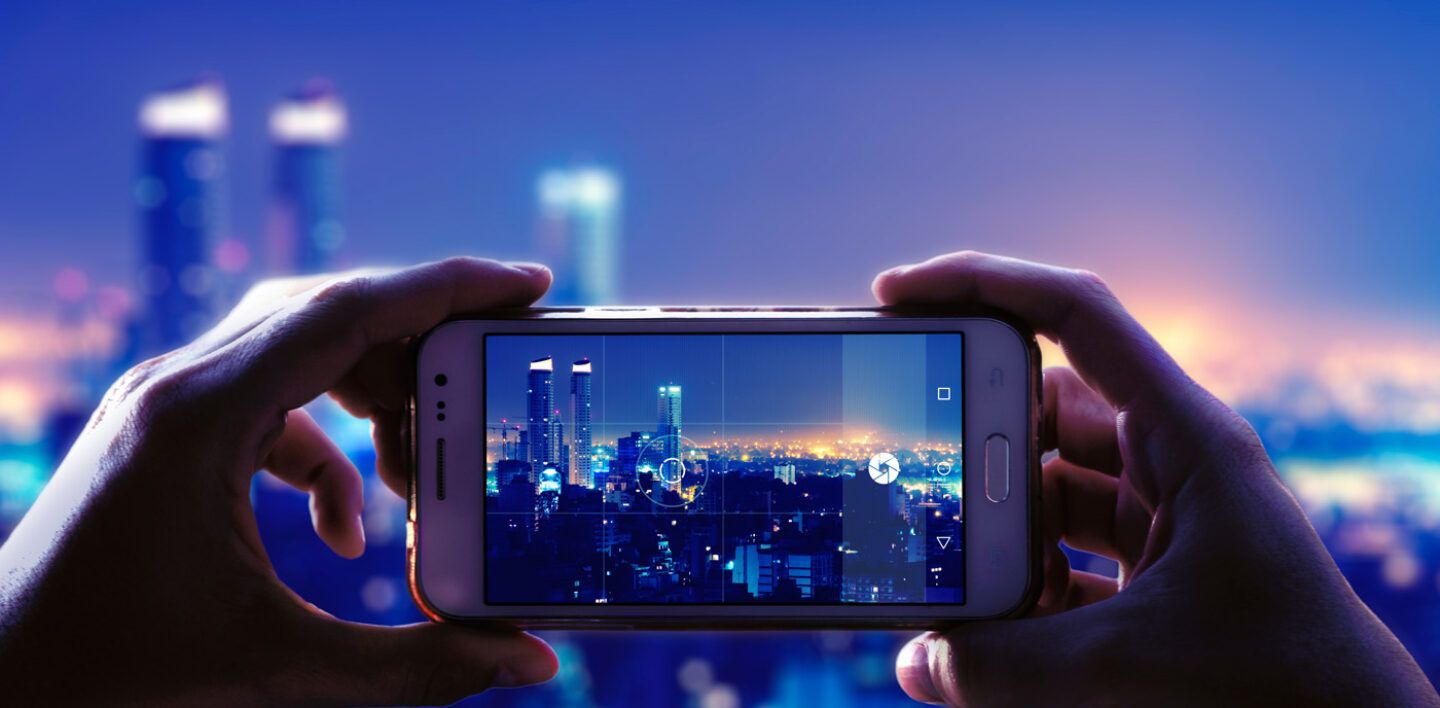
In the fourth year of micro-LED technology, we are still far from mass-producing displays with this technology.
Micro-LED displays offer many advantages, such as higher brightness and pixel density, lower power consumption, and lower risk of burning compared to other collections. These panels can be interconnected, and there is no limit to the number of interconnected panels; Therefore, it is possible to produce displays in foot dimensions instead of inches and achieve a resolution of 16K and even more.
Producing micro-LED technology involves the transfer and transplantation of millions of microscopic LEDs and ensuring that each one is safe; For this reason, mass production of displays with this technology does not seem very economical.
In the field of mobile displays, the benefits of using micro-LED technology may not be worth the considerable cost of producing them; For this reason, Apple and other companies working on micro-LED displays are first considering using the technology in their virtual reality / augmented reality (AR / VR) and wearable devices. Now that micro-LEDs seem out of reach shortly, it remains to be seen how feasible mini-LED technology will be.
Mini LED displays
Displays equipped with mini-LED technology offer higher contrast and brightness levels than conventional LCDs and are sold at a lower price. Conventional LED shows to use tens or hundreds of LEDs for background lighting, But in mini LED displays, the dimensions of these components decrease, and their number increases to thousands.
Mini LED displays to have more control over the dimming process by using more small LEDs. This feature plays an essential role in the utterly darkening part of the screen and provides a deeper black color.
Although some reports in 2018 suggested that mini-LED displays use in Xiaomi and Huawei smartphones, this did not happen, and mini-LED shows did not reach more devices except in the latest MacBook Pro and iPad Pro models.
Production of OLED panels (at least in smaller displays) has increased to such an extent that other mini-LED shows can hardly compete with them in terms of price. The mass production of smaller displays with OLED technology made it impossible for mini-LED shows to compete with OLED in the smartphone display market. Even Apple does not seem to be very committed to this technology, and according to some rumors, the company intends to use LG OLED panels for its future iPad models.
QD-OLED technology is a possible candidate for the next generation of mobile screens
New QD-OLED display technology is attributed to Samsung and a new product from Samsung Display that made a lot of noise at CES 2022. This technology (short for quantum dot organic light-emitting diode) is an abbreviated form of “quantum dot-based organic light-emitting diodes” first introduced by Samsung in 2019. Some rumors suggest that QD-OLED technology will enter mass production from November 2022. This technology is sometimes referred to as QD-Display.
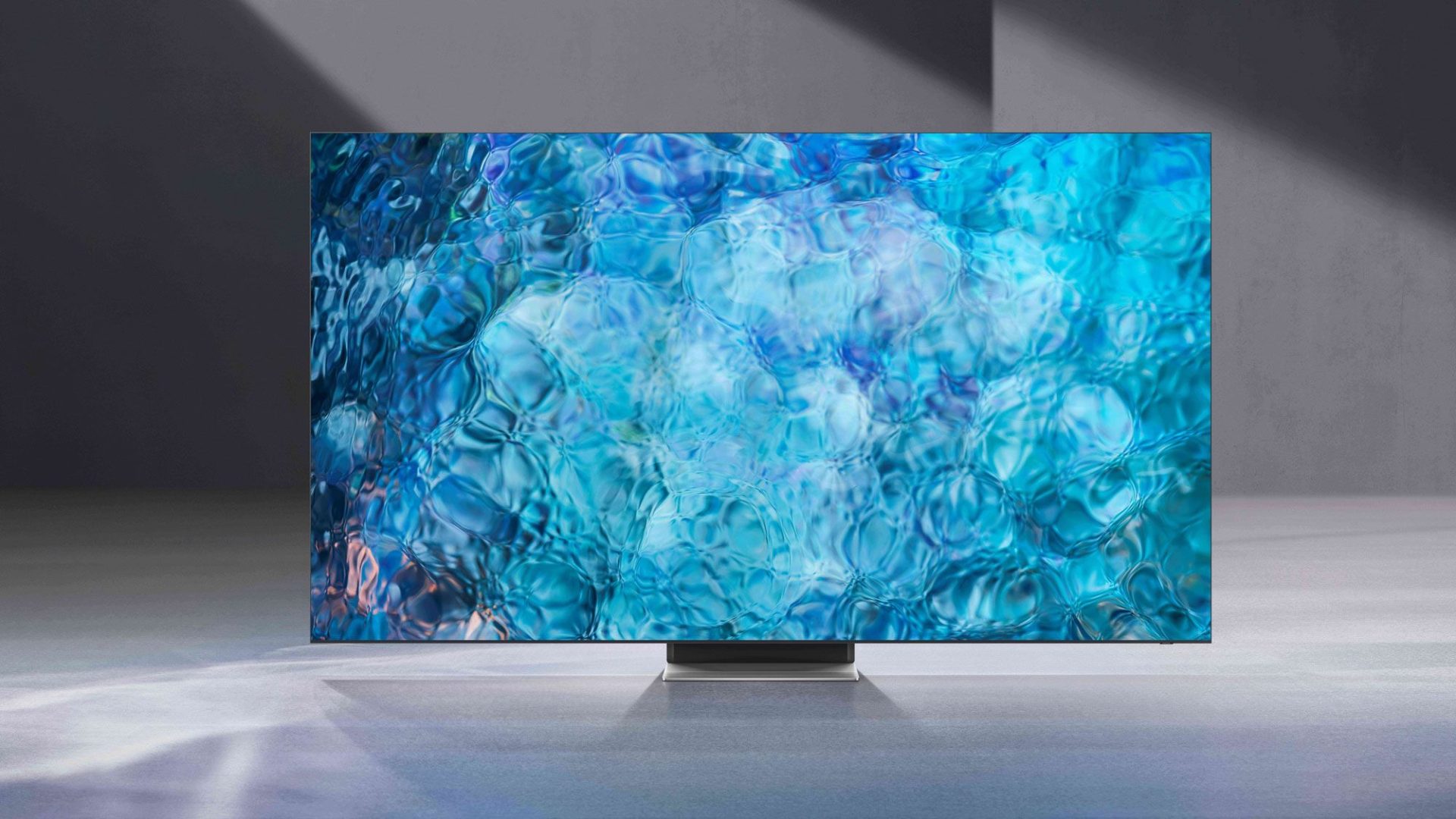
QD-OLED technology is an improved version of OLED technology. Samsung Display claims to offer the broadest range of colors available on display technologies and display more detail in many places where previously bright spots were seen only in white light.
Also, the darker parts of the image will show better color with dramatic color reproduction of quantum dots, and the details of the blacks will be seen better. Due to quantum dots, there will be a perfect viewing angle in displays equipped with this technology.
QD-OLED technology promises more brightness and better color coverage than conventional OLED displays
It should note that the advantages that QD-OLED technology brings to the TV market do not necessarily apply to the smartphone display market. Currently, most OLED TVs are equipped with LG W-OLED panels that use white light and color filters to output red, green, and blue.
Backlight filtering is a destructive process that reduces brightness and color volume. QD-OLED technology can make colors much more efficient and, as a result, increase brightness and better color reproduction for display.
Samsung AMOLED panels for smartphones typically use the PenTile RG-BG sub-pixel design with red, green, and blue sub-pixels. This technology does not require a filter; Therefore, mobile monitors equipped with this technology are currently more efficient than existing TV panels.
Although QD-OLED technology could bring further improvements to smartphone displays, the technology is still in its infancy and does not make as much of a difference as the claims made.
The OLED panels used in smartphones are not perfect either. PenTile displays have twice as many green subpixels as red and blue; As a result, the adequate sharpness (the sharpness that our eyes perceive) is somewhat less than what is claimed. In this regard, QD-OLED panels and their uniform RGB sub-pixel matrix can overcome today’s smartphone displays.
PenTile monitors
In 2013, Samsung changed its policy to use PenTile matrices instead of RGBs to reduce energy consumption. Green subpixels have minor energy consumption, and our eyes are more sensitive to green than red or blue. Therefore, in a PenTile display, sub-pixels do not require much current to achieve adequate resolution; For this reason, the chances of permanent pixel burnout or discoloration are reduced. Thus, Samsung may continue to use PenTile-based AMOLED technology for some time.
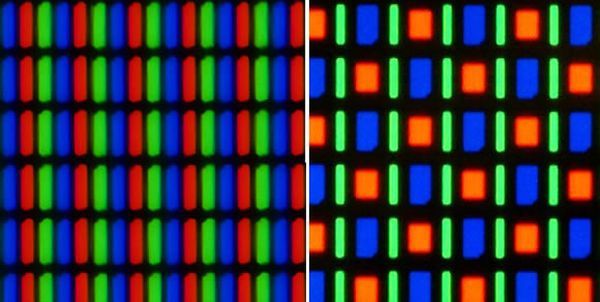
Another point is that there is still not enough information about the energy consumption and durability of QD-OLED technology. In addition, QD-OLED panels use blue emitters that are more prone to burning than red and green.
Overall, QD-OLED technology seems to be a promising next step for smartphone displays; But the technology is still in its infancy and too early to judge.
Samsung Display has only shown its QD-OLED displays on a large scale, and we still do not know if this technology can use on smartphones, tablets, or even laptops.
In addition, reports indicate that the production of the first generation of QD-OLED panels has brought relatively little profit to Samsung; Because only about 30% of these panels are produced flawlessly. This percentage is much lower than the 80 to 90% profit of making AMOLED panels and prevents price reductions.
Suppose these Korean manufacturers can specialize in increasing the production efficiency of QD-OLED panels. We can hope that this technology will become more widespread and we will see its use in smartphone displays.
The most optimistic case: the continuous development of OLED technology
Samsung Display improves its production process and consumables every year, But getting these improvements to flagship phones is usually time-consuming. For example, the Galaxy S21 Ultra was the first smartphone to feature Samsung’s updated OLED technology, unofficially called the M11. This technology reduces power consumption by 25 to 30% compared to the previous generation.
The technology used in the Galaxy S21 Ultra was only a small part of Samsung’s LTPO / HOP variable upgrade rate, first introduced in the Galaxy Note 20 Ultra.
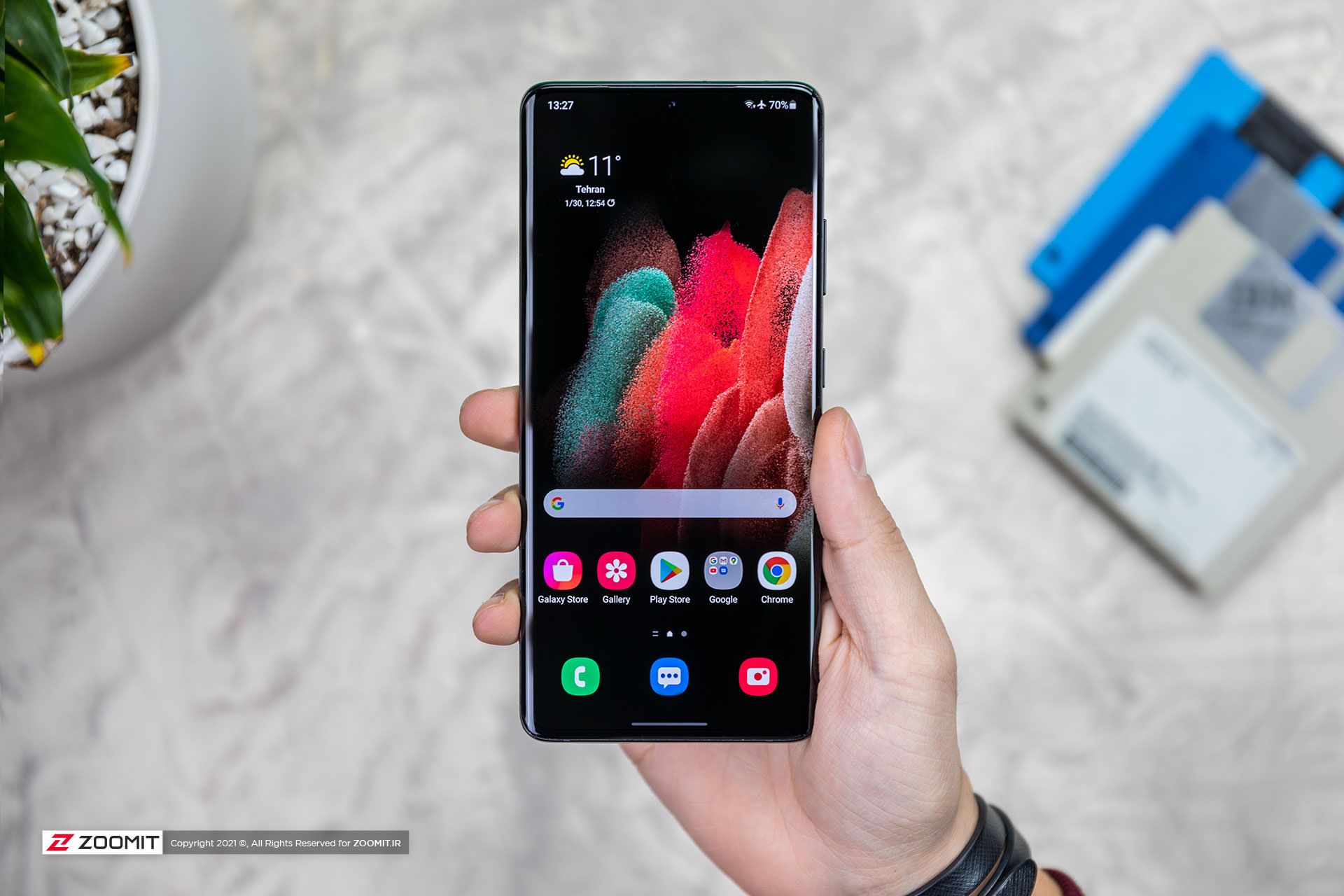
New advances in OLED technology alone can make a massive difference over time. LTPO technology in OLED panels allows monitors to change the refresh rate dynamically depending on different conditions. HOP completes the LTPO technology, making it possible to switch between transistors more quickly and reduce power consumption significantly.
Newer advances in OLED technology can significantly improve power consumption and battery life.
Samsung continued to use older OLED technology to cut production costs for its other 2021 Samsung smartphones, such as the Galaxy S21 and S21 Plus. The Korean tech giant took advantage of its new generation of OLED technology in the S22 Plus in 2022 and, surprisingly, introduced the base model of the series with the same technology as the previous generation. Surprisingly, the company did not use the newer generation OLED technology in the flagship S22 Ultra, and it seems that it intends to postpone doing so for the next-generation flagship.
What we all expect from the next generation of smartphone panels is productivity improvement in the first place. Assuming that the new chips do not require more power than previous generations, we can hope to see more variable battery life and durability in handsets in the coming years as technology improvements to variable refresh rates.
For example, the refresh rate of the S22 and S22 might only be reduced to 48 Hz; But there is still much room for further reduction.
Today, phones like the Samsung Galaxy S22 Ultra and the Find X5 Pro Oppo can reduce the refresh rate to 10 Hz; Therefore, this technology may extend to mid-range phones in the coming years.
It should note that OLED technology is currently the only technology available for flexible panels in clamshell phones. To make a change in these phones, we have to wait until the advent of competing technology.
